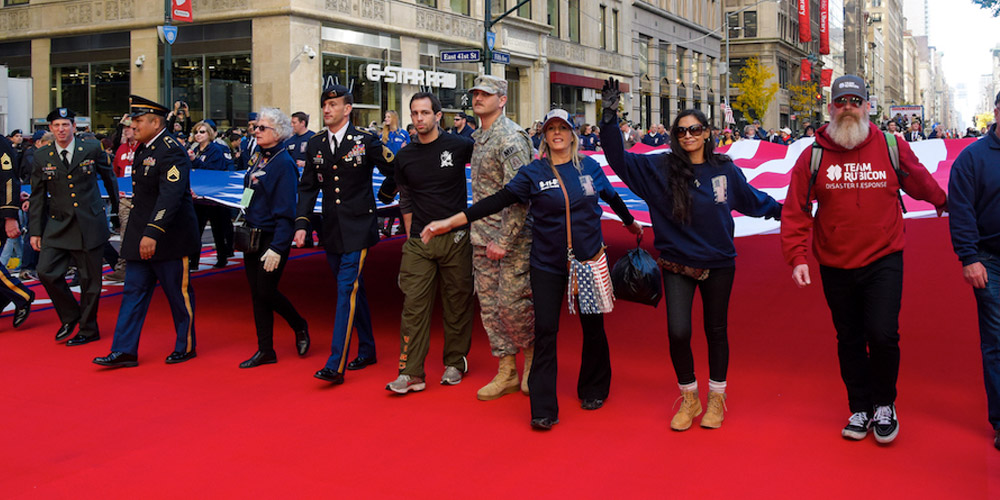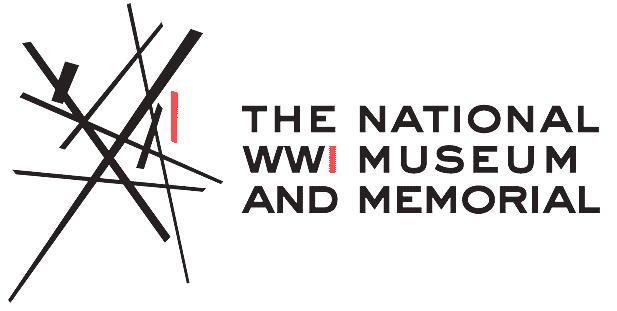
| « Previous | All topics | Next » |
Legacy and RemembranceAmerica's Veterans & Veterans Day
However, many struggled, due to physical wounds and psychological scars. In 1922, the New York Times reported that veteran suicides averaged two per day — likely a very low estimate, given the reporting standards of the time.
Serving those who served
Veterans took action to address these issues. Existing groups, such as the Veterans of Foreign Wars (VFW), greatly expanded. New groups were formed, including the Disabled American Veterans (DAV) and the American Legion, which became the world’s largest veteran organization. The American Gold Star Mothers was the first of several groups for those who lost a family member in service. These organizations helped veterans in need, lobbied the government for better care and benefits, and took active roles in their local communities. Their work laid the foundation for America’s modern veterans community.
Veterans Day
One year after the war ended, nations around the world marked the first Armistice Day on November 11, 1919. Americans observed the holiday until after World War II, when it was renamed Veterans Day to honor the service of veterans in all conflicts.
Today, communities across the United States mark Veterans Day with ceremonies and celebrations saluting America’s veterans. (Memorial Day in May honors those who lost their lives serving the nation.) The country’s largest Veterans Day parade takes place on New York City’s Fifth Avenue — the same route as the parades that welcomed home thousands of troops after World War I.
| « Impact of the War | All topics | Monuments & Memorials » |
Lessons/resources
